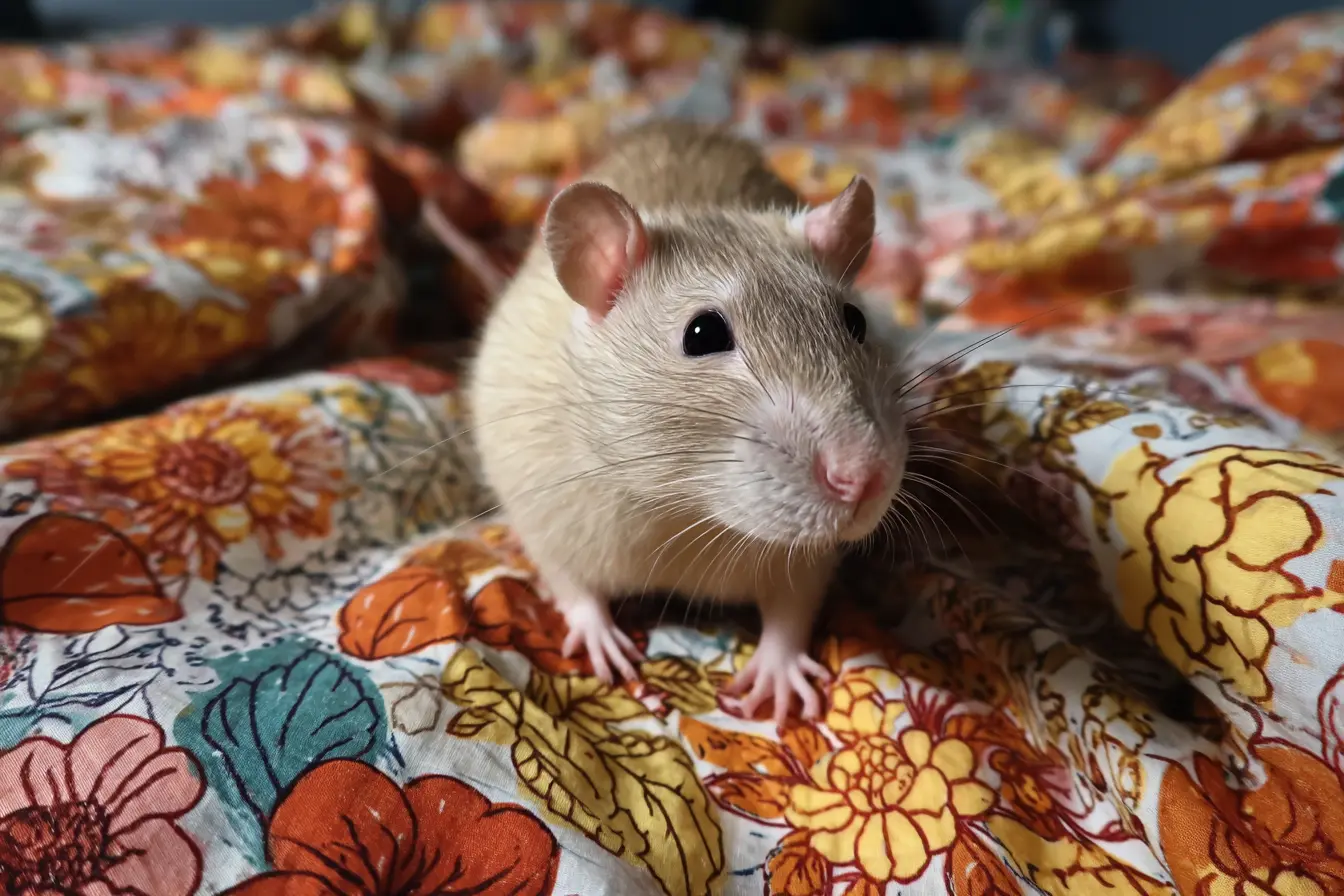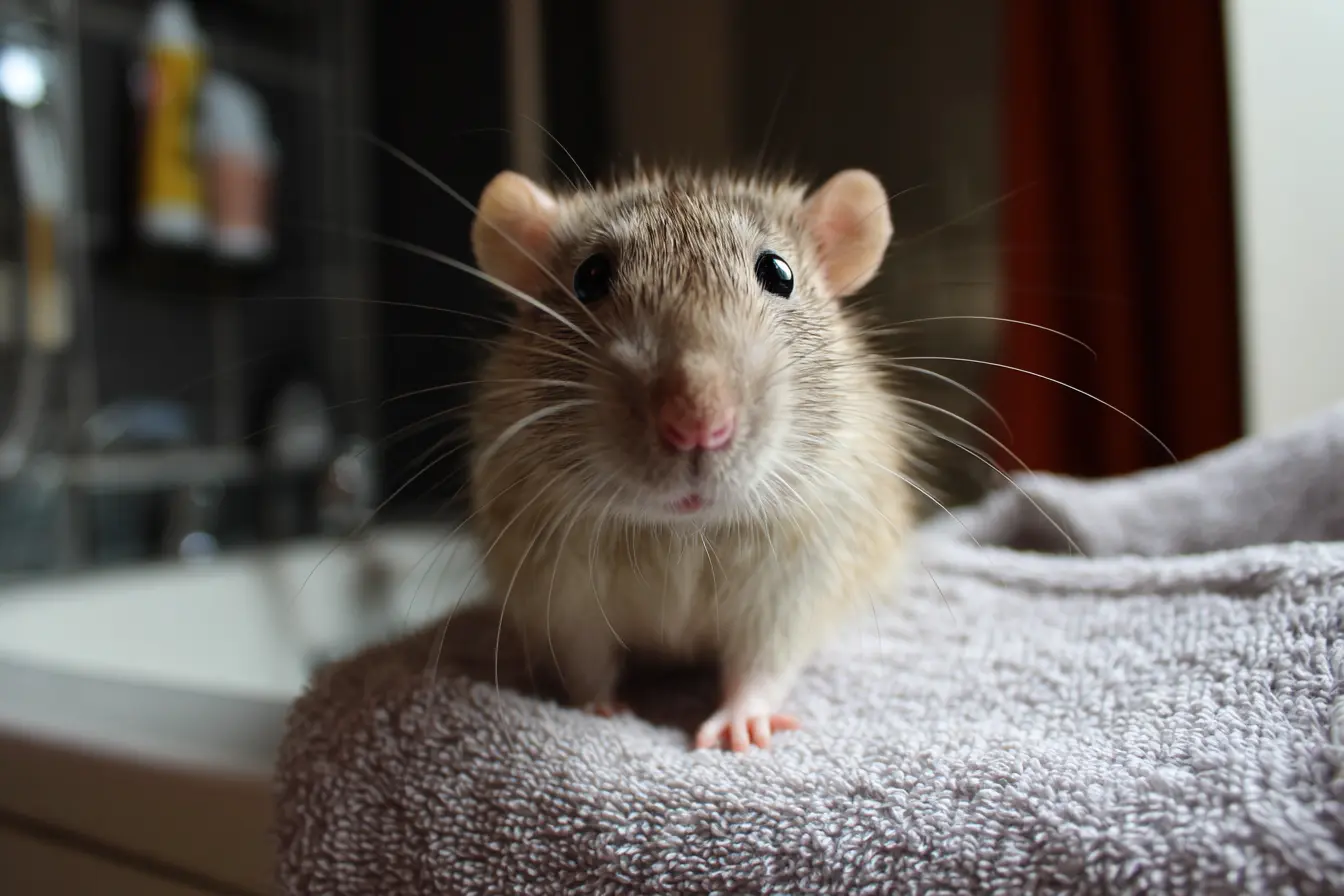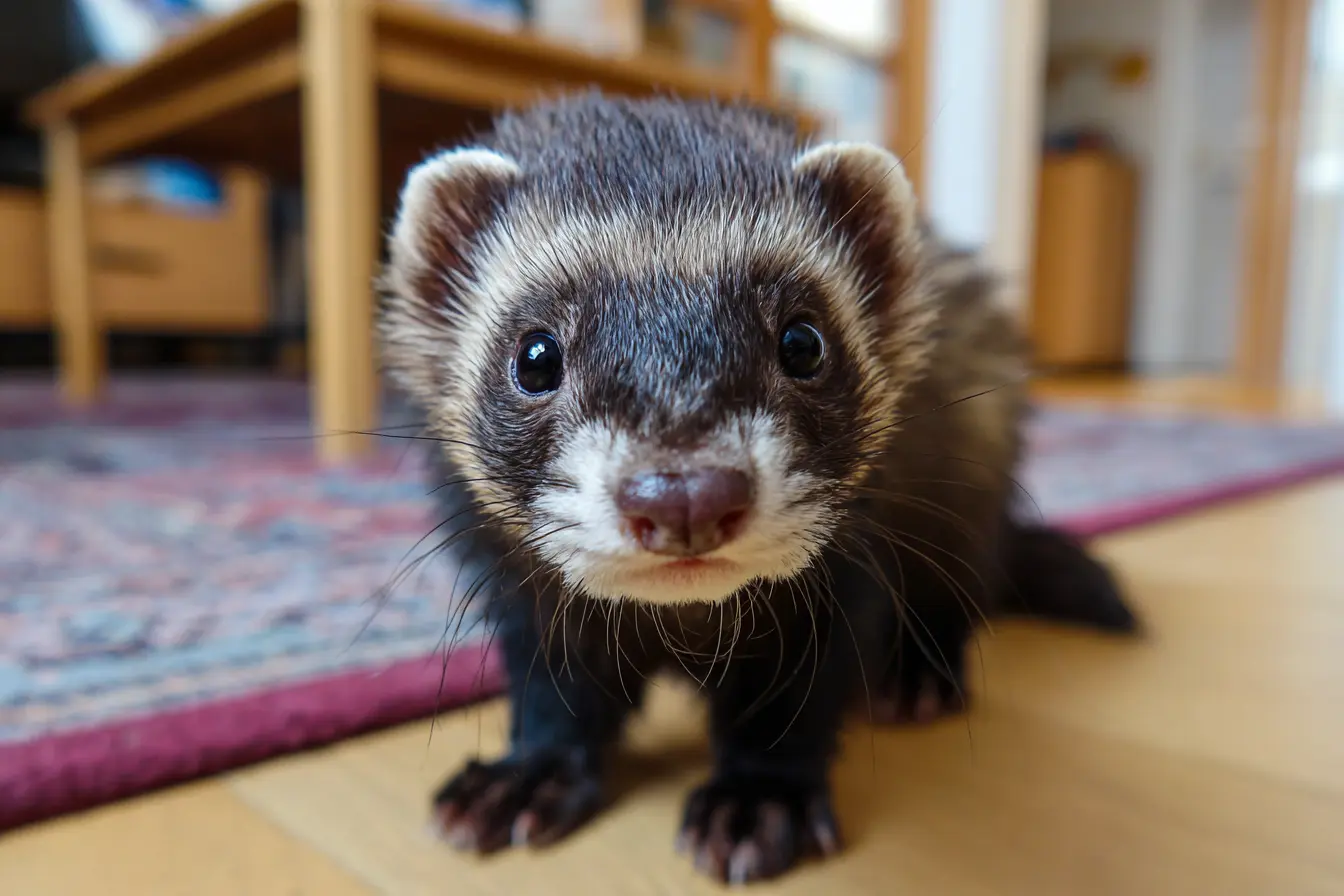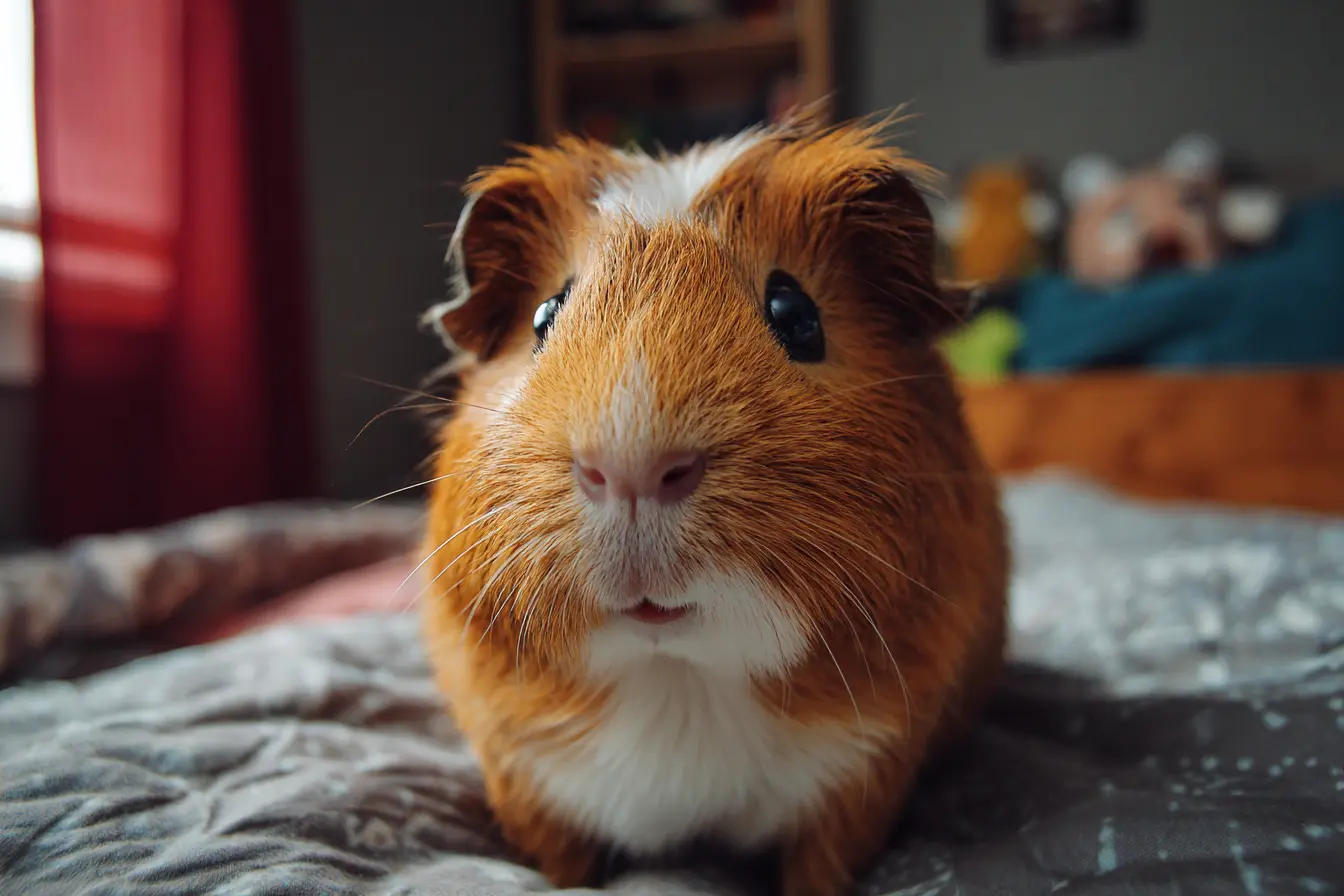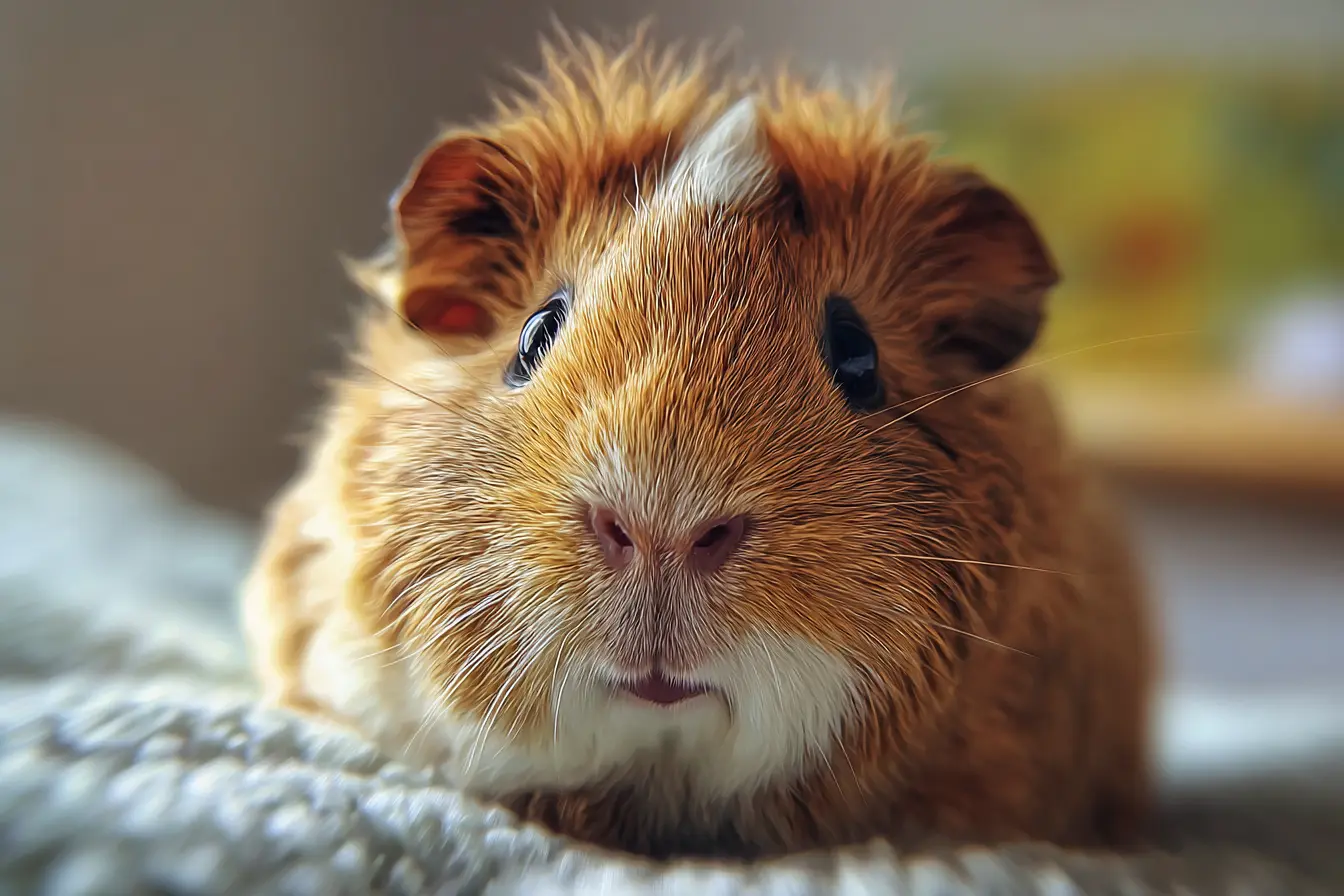
Texel Guinea Pigs: Curly-Coated Beauties for the Dedicated Keeper
Texel guinea pigs are one of the most striking long-haired guinea pig breeds, admired for their thick, curly coats and affectionate personalities. Their appearance is often described as glamorous and eye-catching, but their unique fur also means they require more care than short-haired breeds. With proper grooming and handling, Texel guinea pigs make wonderful pets, combining beauty with charm.
In this post, we’ll explore everything you need to know about Texel guinea pigs, from their history and appearance to housing, diet, grooming, health, and whether they might be the right choice for you.
What Are Texel Guinea Pigs?
The Texel guinea pig is a long-haired, curly-coated breed of Cavia porcellus. Texels were first developed in the UK in the 1980s through cross-breeding between Rex guinea pigs (known for their curly coats) and long-haired breeds such as Silkies. The result was a guinea pig with the soft, wavy curls of the Rex and the long, flowing hair of the Silkie.
Texels quickly gained popularity in the show world and are now a recognised breed internationally. As pets, they are adored for their looks, but they demand consistent grooming to keep their coats in good condition.
Key Characteristics
- Size: 20–25 cm in length, weighing 700–1,200 g (females are smaller than males)
- Lifespan: 5–7 years on average
- Temperament: Gentle, affectionate, curious, and social
- Appearance: Long, curly coat with soft, dense ringlets; broad face with curly whiskers
- Colours/Patterns: Wide variety, including solid, bicolour, tricolour, agouti, and more
Texels have one of the most distinctive coats of any guinea pig breed and are prized for their teddy bear-like appearance.
Social Needs
Texels, like all guinea pigs, are herd animals and must never be kept alone. Companionship with other guinea pigs is essential for their wellbeing.
Best Practices:
- Keep in same-sex pairs or neutered pairs to avoid breeding.
- Females usually cohabit peacefully, while males may require careful introductions.
- Texels thrive when kept in groups, with both guinea pig companionship and daily human interaction.
A solitary Texel will become stressed, depressed, and unhealthy.
Housing and Environment
Texel guinea pigs need spacious, secure enclosures, with extra attention to cleanliness because of their coats.
Enclosure Requirements:
- Indoor cage size: At least 120 cm x 60 cm for a pair (larger is always better).
- Outdoor hutches: Must be predator-proof, weatherproof, and paired with a secure run for exercise and grazing.
- Bedding: Paper-based bedding, fleece liners, or kiln-dried aspen. Avoid pine and cedar. Soft bedding is best to reduce coat damage.
- Nesting material: Hay is essential, but ensure it does not tangle in their curls.
- Temperature: Keep between 18–24°C. Avoid humidity, draughts, and overheating.
Enrichment:
- Hideouts, tunnels, and chew toys.
- Daily floor time in a safe, enclosed area.
- Outdoor grazing in secure pens during mild weather (coat must be checked afterwards for debris).
Texels require frequent cage cleaning because their coats can drag in bedding and droppings.
Diet and Nutrition
Texel guinea pigs have the same dietary needs as all guinea pig breeds. A high-fibre, vitamin C-rich diet is essential.
Core Diet:
- Hay: Unlimited timothy, meadow, or orchard hay. Vital for digestion and dental health.
- Pellets: Guinea pig-specific pellets fortified with vitamin C.
- Vegetables: Daily fresh portions of leafy greens and vegetables, such as kale, spinach, romaine lettuce, peppers, carrots, and cucumber.
- Fruits: Occasional treats such as apple, strawberry, or blueberry.
- Supplements: Vitamin C supplements may be needed if the diet is insufficient.
Foods to Avoid:
- Iceberg lettuce (nutritionally poor).
- Onions, garlic, leeks, potato, and rhubarb (toxic).
- Tomato leaves (toxic).
- Processed food, seeds, or nuts.
Fresh water must always be available in a bottle or bowl.
Grooming Needs
Grooming is the most important aspect of Texel guinea pig care. Their curly coats are beautiful but prone to tangling, matting, and collecting dirt.
Grooming Guide:
- Brushing: Daily brushing is essential to prevent tangles. Use a wide-toothed comb or a soft brush.
- Trimming: Many keepers trim the coat around the rear and belly to prevent soiling. Some keepers prefer a shorter “pet cut” for easier maintenance.
- Bathing: Only when necessary. Use guinea pig-safe shampoo and dry thoroughly. Avoid over-bathing, which can dry out the skin.
- Coat checks: Inspect daily for knots, dirt, and parasites hidden in curls.
- Nail trimming: Every 4–6 weeks.
Show-quality Texels often have their coats left long, but this requires wrapping and even more intensive care. For pets, regular trimming is more practical and keeps them comfortable.
Handling and Behaviour
Texel guinea pigs are affectionate, friendly, and enjoy human companionship. They are usually calm but curious and interactive.
Handling Tips:
- Support their body with both hands when lifting.
- Be gentle to avoid pulling on their coat.
- Use grooming sessions as bonding time.
- Provide daily handling and play to keep them tame and happy.
Texels enjoy lap time and hand-feeding vegetables once they trust their owners.
Unique Traits
- Curly coat: Long, ringleted fur that makes them stand out.
- Curly whiskers: Another signature trait.
- High grooming needs: Require more maintenance than most breeds.
- Show appeal: Very popular in exhibitions due to their distinctive appearance.
Health and Common Issues
Texels are prone to the same health concerns as other guinea pigs but may face additional risks because of their coats.
Common Health Concerns:
- Vitamin C deficiency (scurvy): Prevent with a vitamin C-rich diet.
- Respiratory infections: Linked to damp bedding or poor ventilation.
- Dental problems: Overgrown teeth caused by lack of hay.
- Skin issues: Parasites, fungal infections, or irritation may hide in curly coats.
- Matting and soiling: Long coats can trap dirt, leading to discomfort or infection.
Regular health checks and coat maintenance are essential for Texels.
Is a Texel Guinea Pig Right for You?
Texels are ideal for:
- Experienced or dedicated keepers.
- People who enjoy grooming and maintaining long-haired pets.
- Families with older children who can help with daily care.
- Enthusiasts interested in showing guinea pigs.
They may not be suitable for:
- Very young children or families seeking a low-maintenance pet.
- First-time owners who are not ready for intensive grooming.
- Homes with limited time for daily coat care.
Conclusion
Texel guinea pigs are affectionate, gentle, and striking pets, admired for their curly coats and teddy bear-like charm. However, their beauty comes at the cost of high grooming needs, and they require dedicated daily care to remain healthy and comfortable.
For keepers who are willing to commit to regular brushing, trimming, and coat maintenance, Texels offer both companionship and one of the most unique appearances of any guinea pig breed.
Vets near you
Speciality vets
- Aquatics vet specialists
- Birds vet specialists
- Camelids vet specialists
- Cats vet specialists
- Cattle vet specialists
- Deer vet specialists
- Dogs vet specialists
- Equines vet specialists
- Exotic vet specialists
- Goats vet specialists
- Pigs vet specialists
- Poultry vet specialists
- Sheep vet specialists
- Small Mammals vet specialists
- Wild vet specialists
